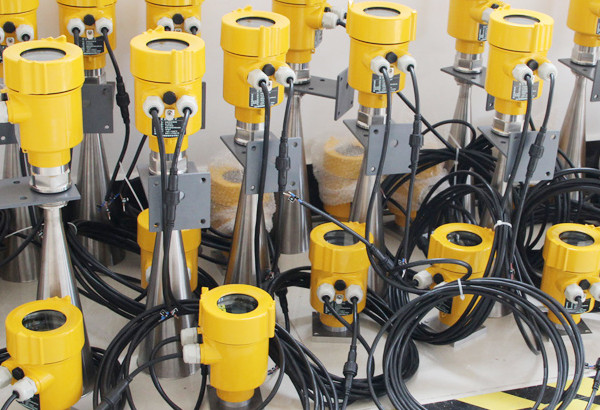In recent years, the radar level meters with their accurate measurement, safety and reliability, simple maintenance, long service life, and other advantages, widely used in all walks of life, are highly favored by users. However, many people do not pay attention to the skills of using a radar level meter, resulting in some avoidable problems, so today I share with you a few tips to help you better use the radar level meter.

First of all, when the ambient temperature where the meter is located exceeds the usage requirements of the meter, we need to install anti-high and low-temperature devices around the level meter. In addition, for the radar level meter installed outdoors, try to install a sunshade or protective box to avoid the aging of the display due to long-term exposure to the sun. If the radar level meter is used in an environment with corrosive gases, it is necessary to install a corrosion-resistant sleeve and tighten the instrument’s housing and inlet and outlet terminals, and you can see if you need to use a corrosion-resistant radar level meter according to the degree of corrosion.

Secondly, it should also be noted that the wire and cable protection tubes should be sealed to prevent water accumulation and bites by rodents and other rodents. If used in lightning-prone areas, special lightning protection devices can be installed at the inlet and outlet of the instrument to prevent lightning strikes.
Finally, special attention should be paid to the working environment of the radar level meter including dust, steam, and fog, liquid level with foam and floating objects, and liquid with churning and fluctuations, which need to be treated differently and take appropriate measures to cope with it, in order to achieve accurate and safe measurement.
